Dans le secteur de l’impression textile, le gaspillage est un défi constant. Que ce soit des tailles erronées, des logos mal positionnés, ou des BAT validés un peu trop vite, nous avons tous vu ces textiles de qualité mais inutilisables s’accumuler.
En rejoignant l'équipe Inkoo , j’ai réalisé qu’une partie de ces textiles finissait simplement par prendre la poussière. Mais rapidement, je me suis demandée : et si on leur donnait une nouvelle vie ?
points clés
Le gaspillage : comment se traduit-il dans le secteur de l’impression textile ?
Le recyclage : comment réutiliser ces marchandises ?
Les résultats : qu’est ce que cette expérience nous a apporté ?
Les perspectives : comment ferons-nous les choses à l’avenir ?
Le défi du surplus🏆
Quand on parle d’impression textile, on touche souvent à la personnalisation. Nous créons des vêtements uniques pour des clients qui veulent un logo, une couleur, ou une taille spécifique.
Mais même en optimisant les processus, certaines erreurs sont inévitables. Un logo un peu trop grand ? Un pull imprimé sur la mauvaise taille ?
Ces détails peuvent parfois transformer un lot complet en surplus, puisque le client peut légitimement refuser un produit qui ne correspond pas à ses attentes.
Nous voilà alors face à un stock de textiles tout neufs, souvent de qualité supérieure, mais inutilisables pour leur destination initiale.
Notre solution 💡
Plutôt que de jeter ces textiles, ou de les stocker sans fin, nous avons décidé de nous tourner vers l’upcycling.
J’ai donc commencé à contacter des créateurs locaux en Belgique et dans le nord de la France pour leur proposer un partenariat. L’idée était simple : on leur fournit les textiles, et en échange, ils nous offrent un peu de visibilité sur les réseaux sociaux.
C’était une situation gagnant-gagnant : les créateurs reçoivent gratuitement des matériaux de qualité, et nous mettons en avant une démarche éthique, bénéfique pour l’environnement et l’image de notre entreprise.
Les retours ↩️
Les retours ont été globalement enthousiastes. Beaucoup de créateurs locaux ont répondu par un grand oui ! Ils voyaient dans ce surplus textile une opportunité de tester de nouveaux designs ou d’ajouter des collections limitées à leur offre.
Des pulls, des t-shirts, parfois avec un logo qui disparaîtrait sous une broderie créative ou un patch original, tout était possible ! Notre collaboration a ainsi permis de sauver des centaines de textiles qui seraient restés inutilisés, et de donner une visibilité à des artisans qui partagent notre amour pour la création.
Mais tout n'a pas été parfait. Certains designers ont pris les textiles... et n'ont plus répondu. Certains stocks semblaient s'être volatilisés parce que j'ai fait confiance à des êtres humains.
C’est là que j'ai appris une leçon importante : formaliser ces échanges.
Désormais, chaque collaboration est encadrée par un accord simple, qui précise les engagements de chaque partie, incluant une clause sur la visibilité mutuelle. Cela nous permet d’assurer un partenariat équilibré, où chacun respecte les termes convenus.
Les projets à venir 🌱
Cette démarche a aussi été une belle leçon sur l’importance de la communication et de la transparence dans nos collaborations. En expliquant aux créateurs l’enjeu écologique derrière notre initiative, nous avons trouvé une résonance qui a transformé des textiles "ratés" en symboles d'une économie circulaire.
Pour l'avenir, nous envisageons même d'étendre ces partenariats pour créer des collections exclusives de produits recyclés, en organisant des ateliers avec le textile d'Inkoo au profit de nos partenaires locaux.
En fin de compte, cette aventure d’upcycling nous a non seulement permis de réduire notre empreinte écologique, mais elle a aussi renforcé nos liens avec notre communauté de créateurs. Chez Inkoo, nous voyons désormais chaque surplus textile non pas comme un échec, mais comme une nouvelle opportunité.
Si vous êtes un créateur intéressé par ce genre de partenariat, ou une entreprise cherchant des solutions pour limiter votre surplus textile, n’hésitez pas à nous contacter.
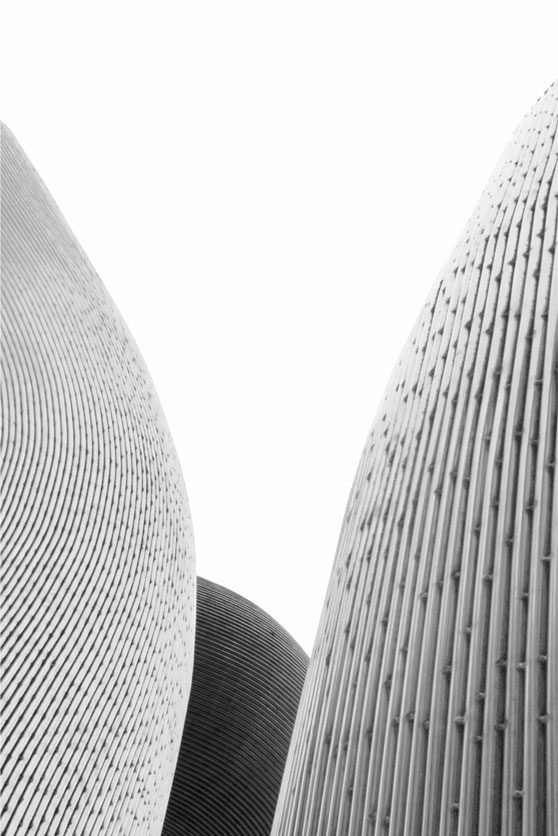
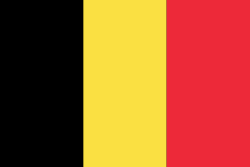
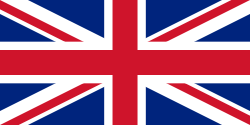
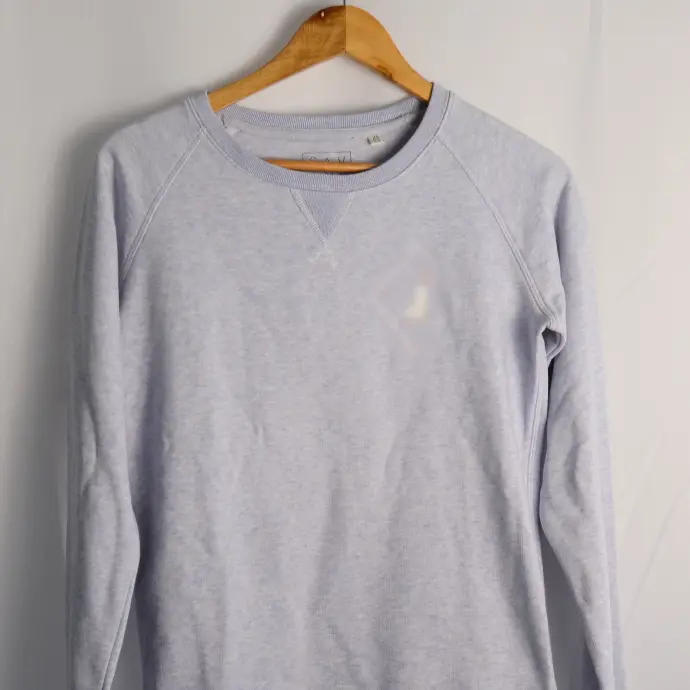
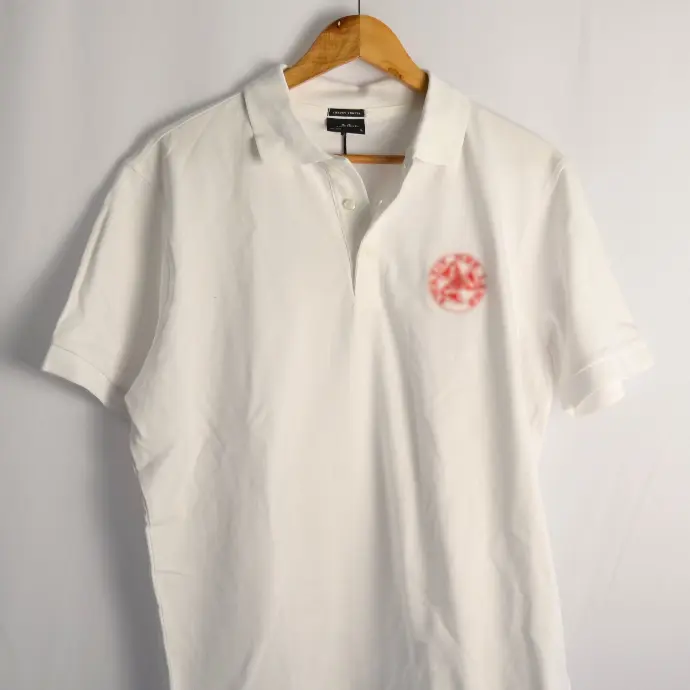
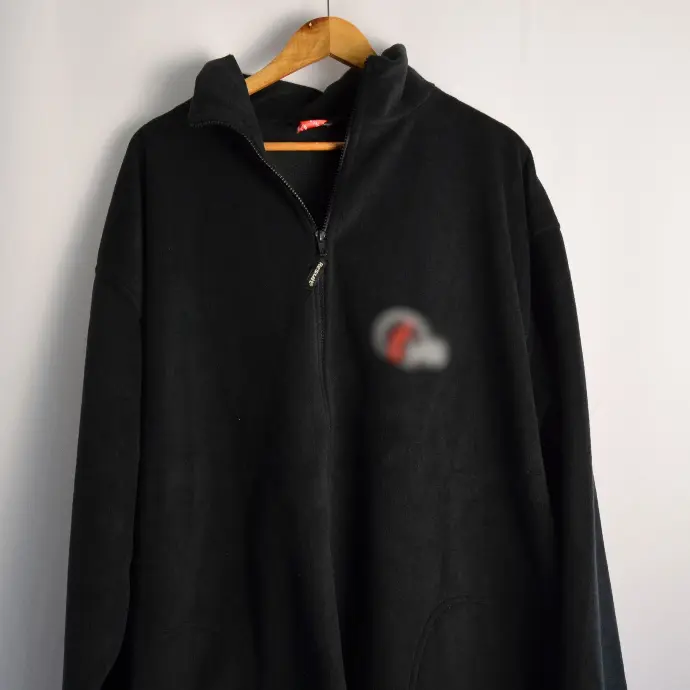
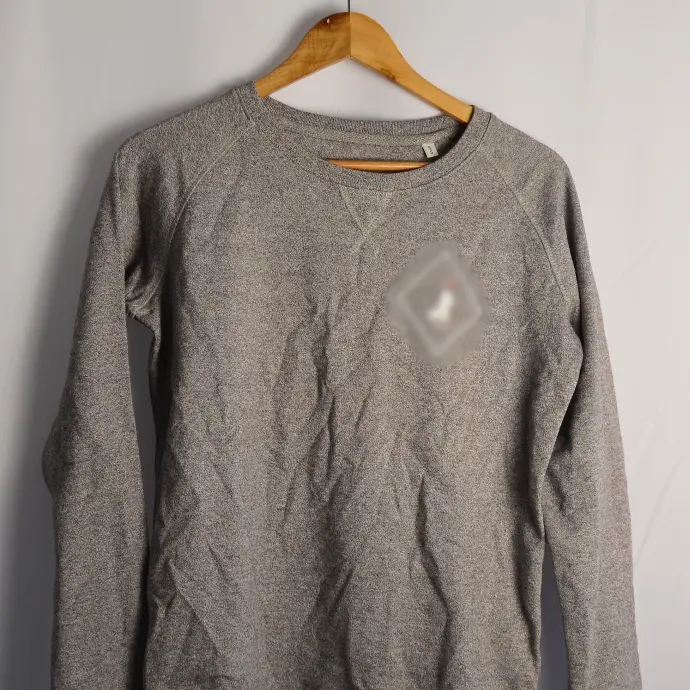
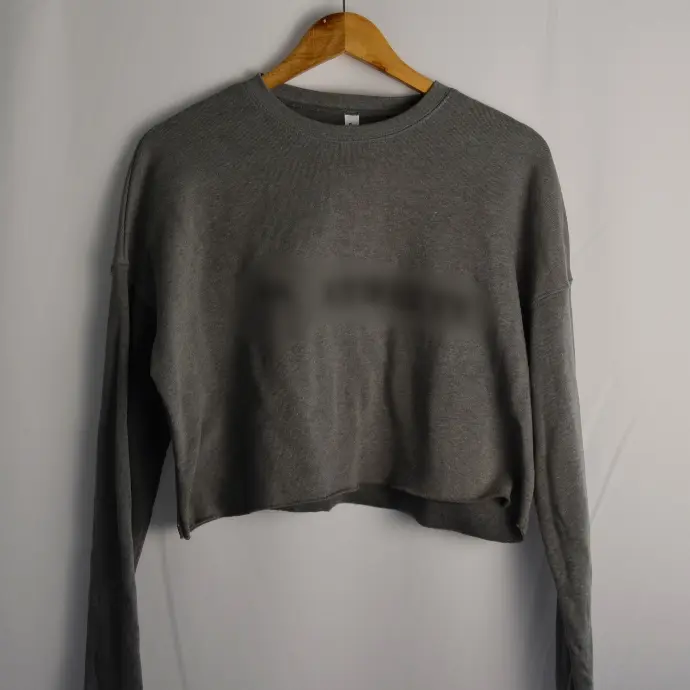
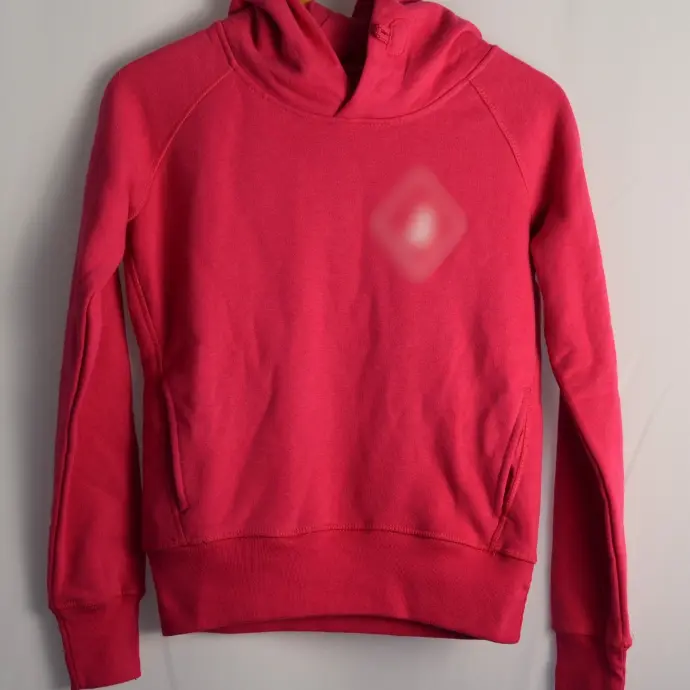
Réduire le surplus textile : l’upcycling chez Inkoo